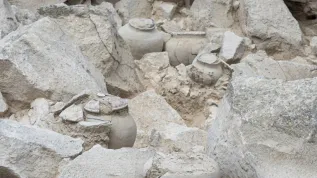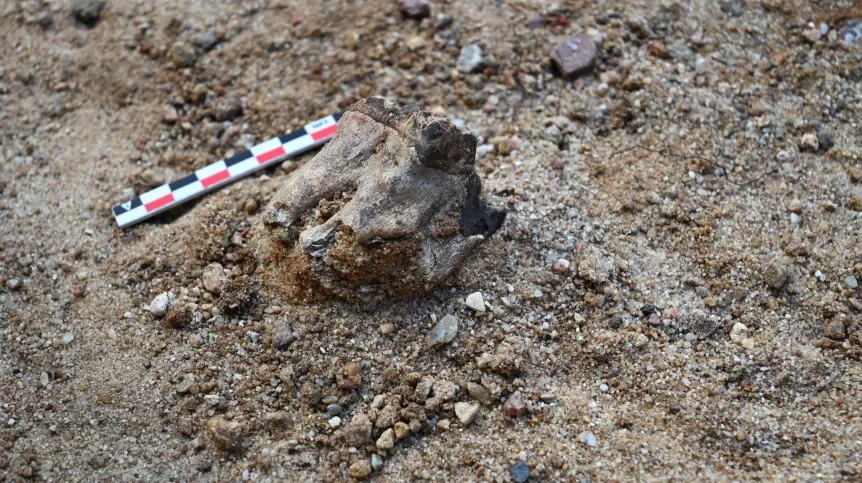
A site in the Zwoleńka Valley in Mazovia is revealing new insights into Neanderthal life in central Poland. Archaeologists have found a 70,000-year-old Neanderthal workshop used to maintain and repair tools used for skinning large animals such as mammoths, horses, and rhinos.
The discovery in Poland’s Zwoleńka Valley in Mazovia marks the northernmost Neanderthal site in the country where organic materials, including bones, have survived.
It is also one of the few open-air sites in the country to yield such remains, which are typically preserved only in cave environments.
“We were able to determine that the Neanderthal was active in this place 64–75 thousand years ago, i.e. in the Middle Palaeolithic. This is the only Middle Palaeolithic site in Poland, where research is currently conducted,” said Dr. Witold Growdź, project manager from the State Archaeological Museum in Warsaw.
The research is being led by teams from the State Archaeological Museum in Warsaw, the Faculty of Archaeology of the University of Warsaw, and the Institute of Archaeology at the University of Wrocław.
According to Growdź, the site was identified based on redeposited archaeological layers, materials that had been moved from their original location, likely by a nearby river.
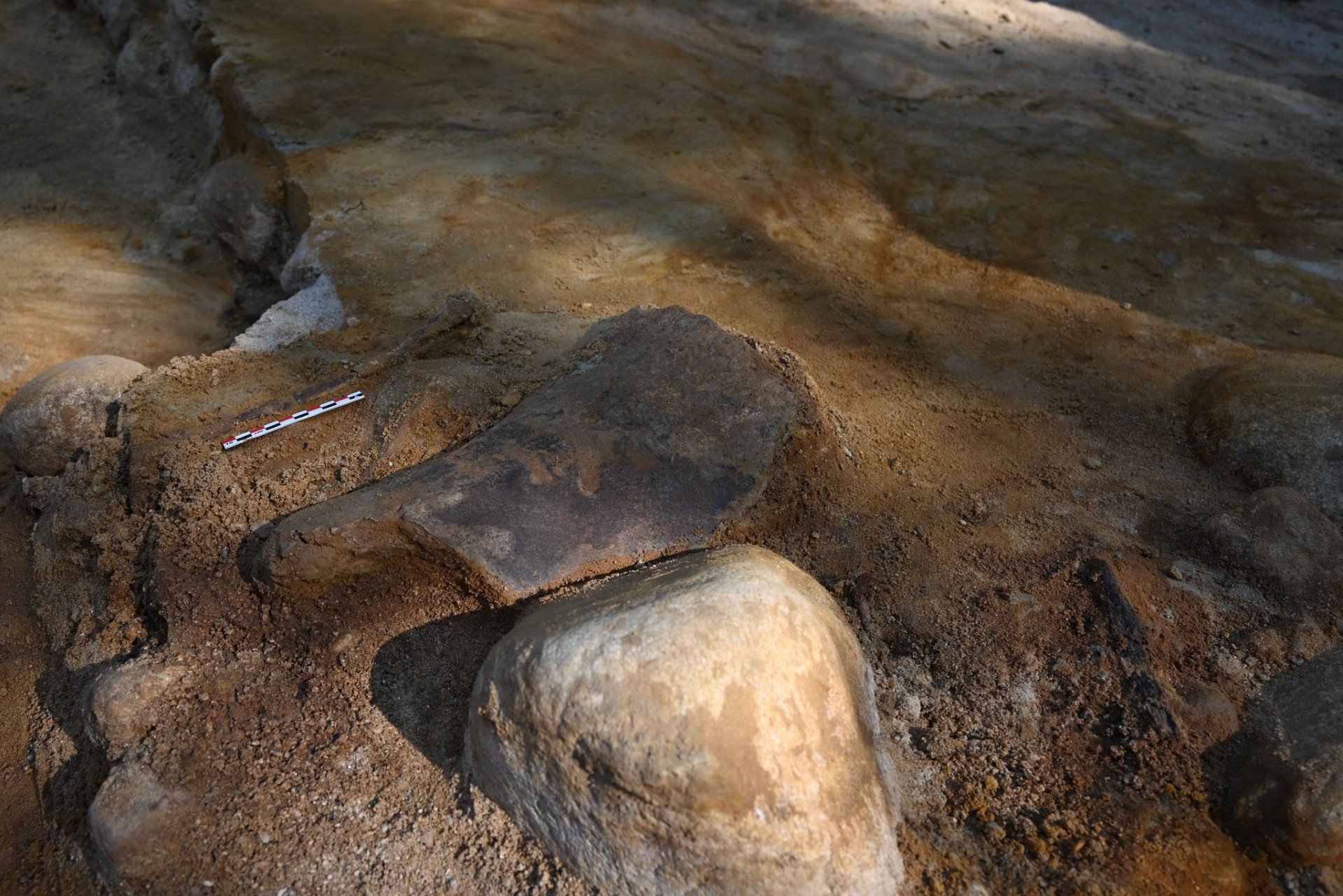
“Our dates refer to the time when these materials were moved, not when they actually formed. This means that they can be even older, certainly not younger. We will try to solve this puzzle in future research,” he said.
Over three excavation seasons, archaeologists unearthed mammoth bones, rhino and horse teeth, and hundreds of flint tools and fragments associated with Neanderthal activity.
“We had about 330 artefacts from archival research from the 1980s. We found over 170 more last season. This season, we also obtained a similar number,” Growdź said.
Dr. Katarzyna Pyżewicz from the University of Warsaw added: “Based on similar data from Middle Palaeolithic sites, we know that such tools were used to divide the animal carcass, to quarter animals. Probably mammoths, rhinos and horses, whose bones we found, were quartered with these tools.”
She added: “After several research seasons, we know that finished tools were being brought to the site for repairs. They worn reactions related to the division of the animal carcass.”
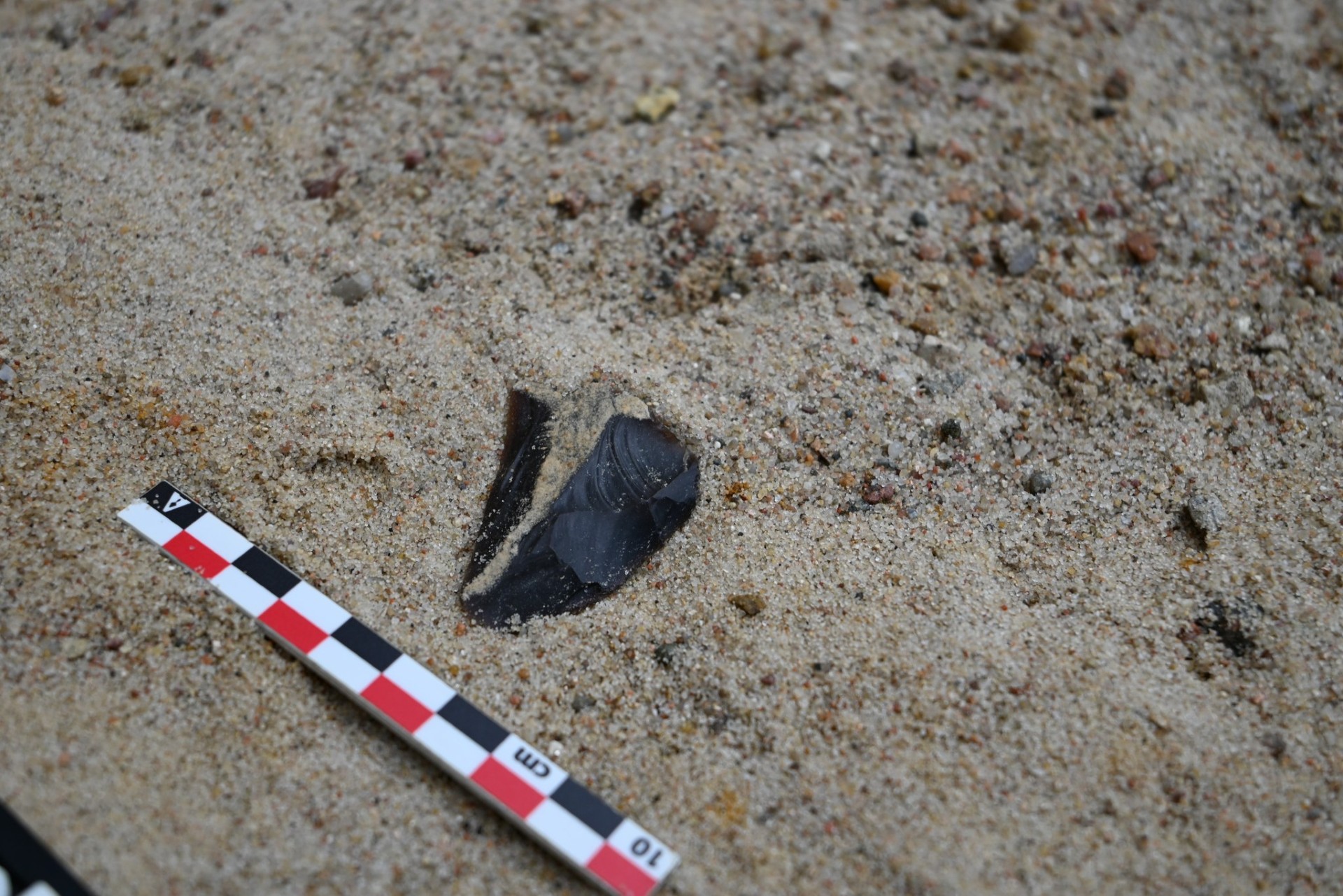
Most Neanderthal sites in Poland are concentrated in the southern regions, such as the Kraków-Częstochowa Upland and Lower Silesia. Central and northern Poland were largely covered by ice sheets during the time of Neanderthal habitation, making this Mazovian site particularly rare.
“Neanderthal finds are rare. Whatever happens in this area, has great value and provides new data. These sites are often hidden a few meters below the surface, so it is difficult to find them,” Pyżewicz said.
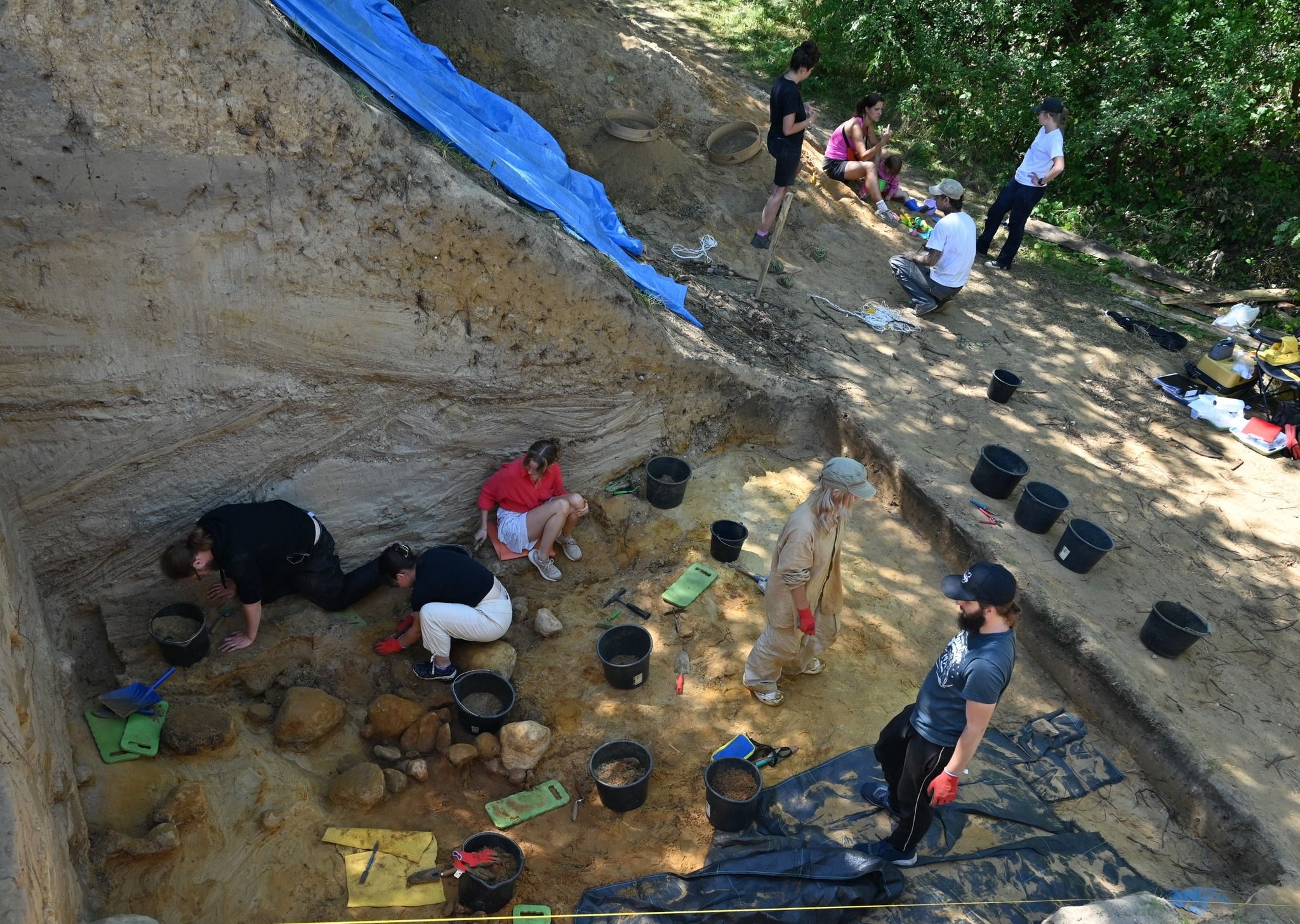
Neanderthals, classified as a separate branch of the human family tree, are now understood to have been more sophisticated than once believed. Recent research has confirmed that they created cave art over 64,000 years ago and interbred with Homo sapiens, contributing to the modern human gene pool.
Science in Poland, Ewelina Krajczyńska-Wujec (PAP)
ekr/ agt/ mhr/


